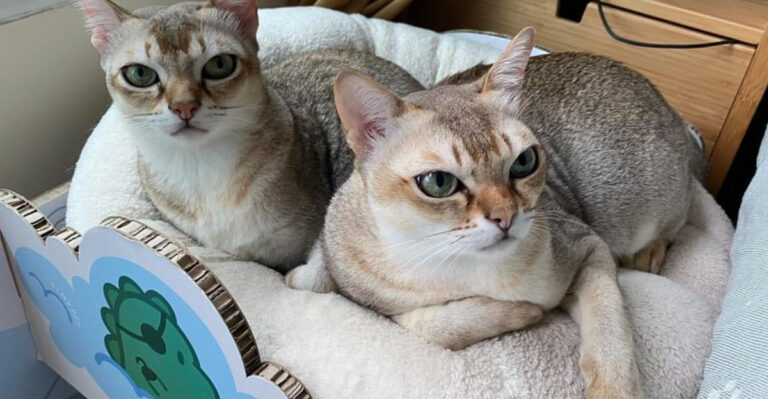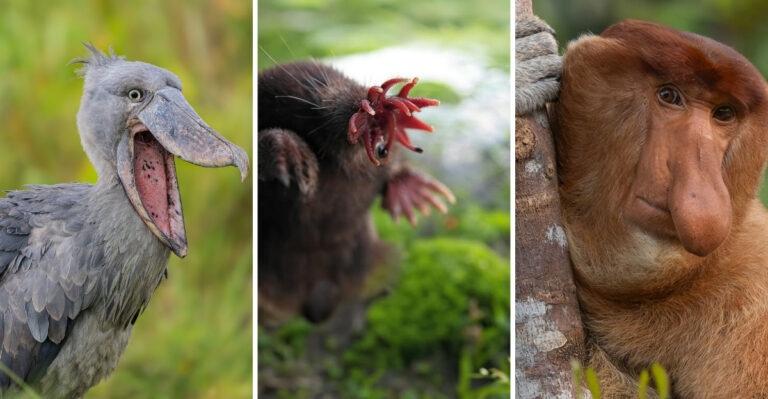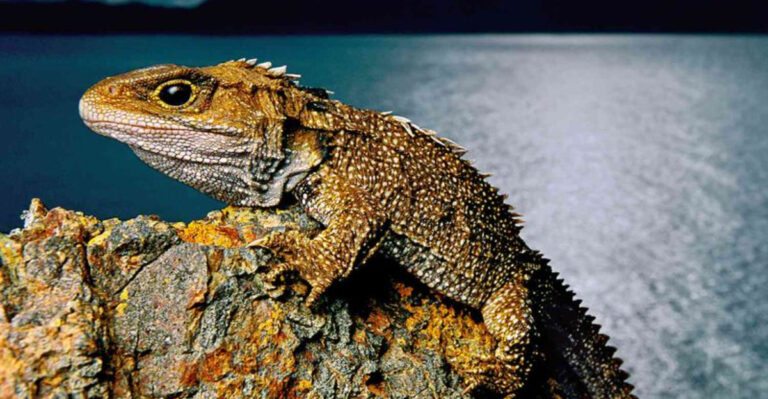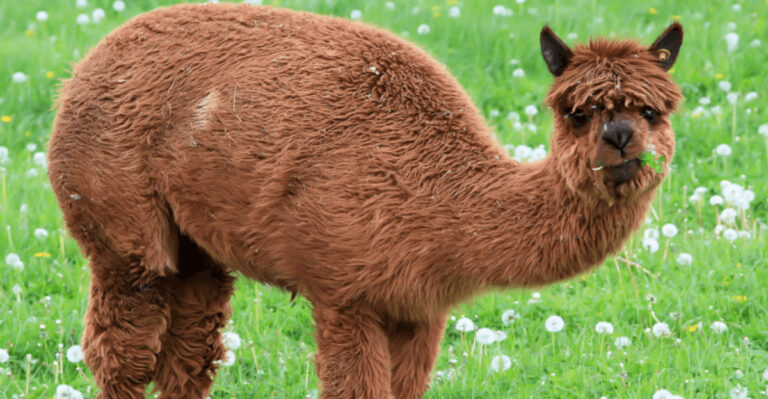13 Signs Your Dog Trusts You (And 6 That Show They Don’t)
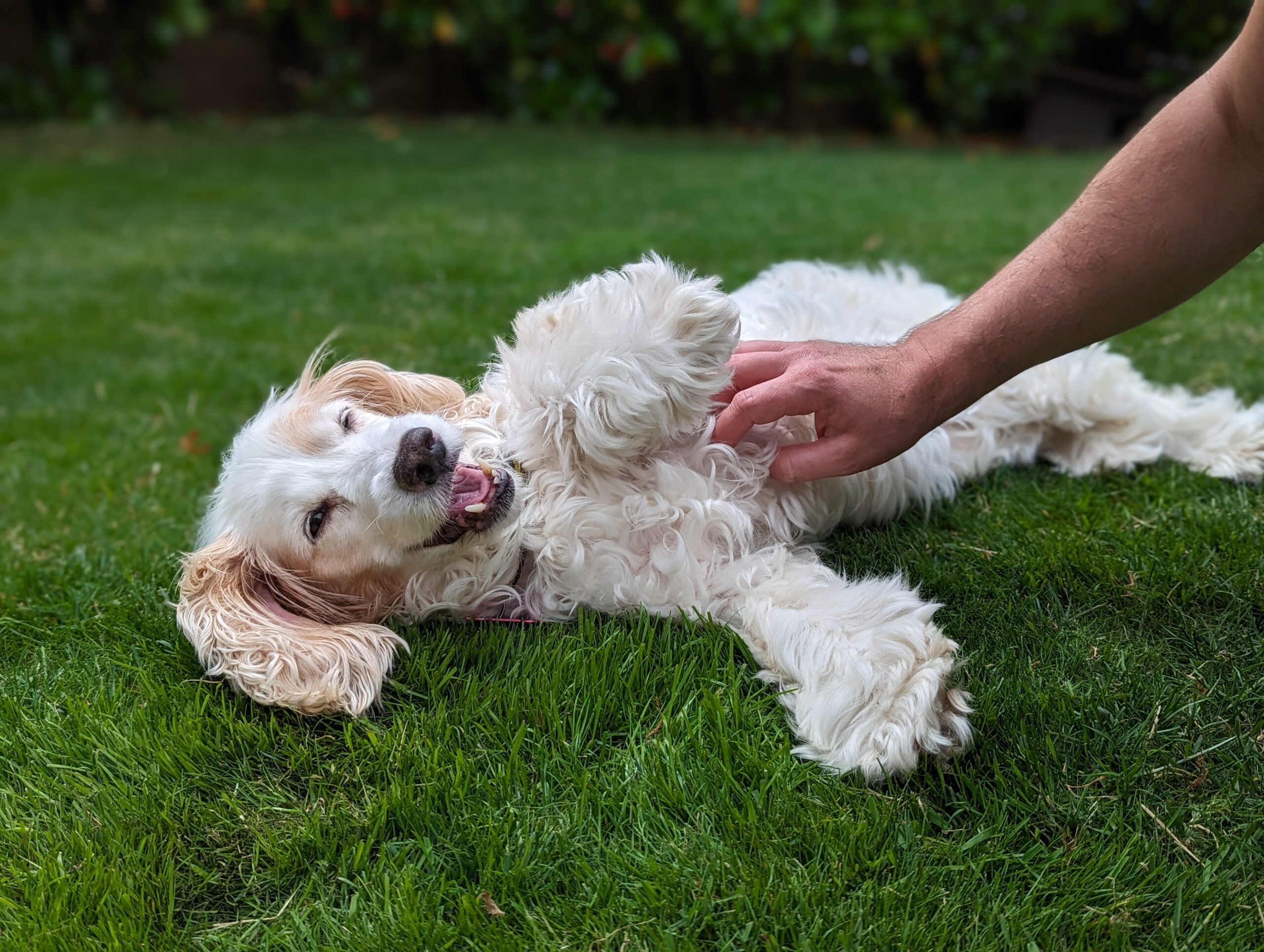
Wondering if your dog truly trusts you? Dogs communicate their feelings through subtle behaviors, showing both trust and doubt.
Recognizing these signs helps deepen your bond and improve your relationship. Some gestures clearly say your dog feels safe and secure with you. Others might indicate they need more reassurance and care.
1. Showing The Belly
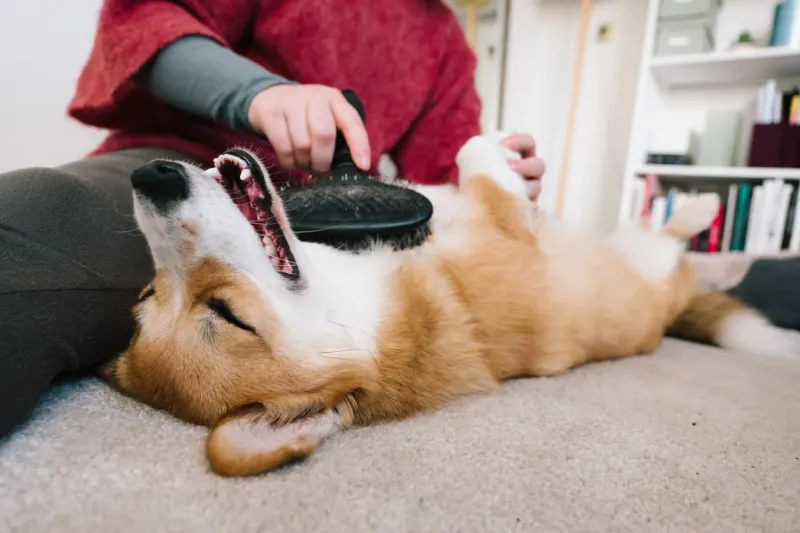
Seeing your dog roll over and expose its belly is a huge trust gesture. The belly is a vulnerable area for dogs, and showing it means they feel safe.
This action indicates your dog trusts you completely. It’s their way of saying, “I feel secure and comfortable with you.” It’s an honest display of vulnerability and trust.
2. Snuggling After Playtime
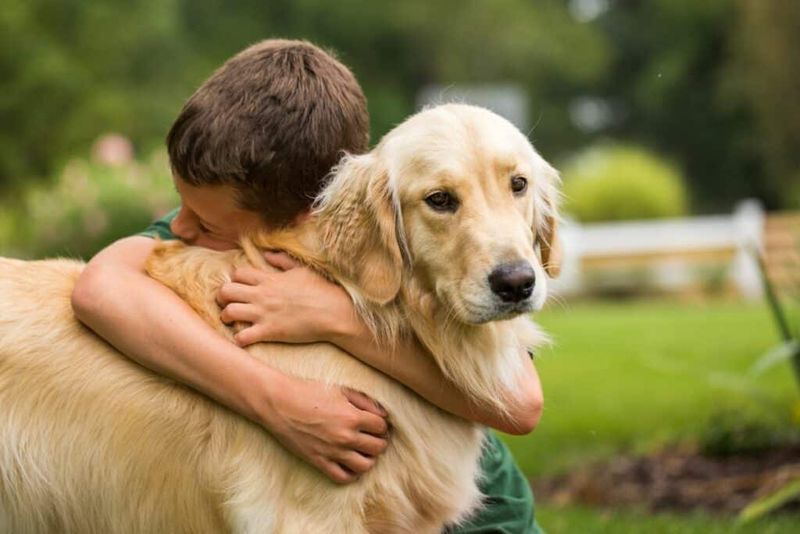
After a long session of chasing balls and playing fetch, your dog might choose to snuggle next to you on the sofa. This behavior is more than just seeking comfort.
It signifies a deep trust, as your pup feels safe enough to rest by your side, knowing you’ll sense their vulnerabilities.
This gesture often follows an active period, showing that your dog places both their excitement and relaxation in your hands.
Such moments, marked by gentle sighs and wagging tails, build a shared sense of peace and closeness.
3. Wagging Tail
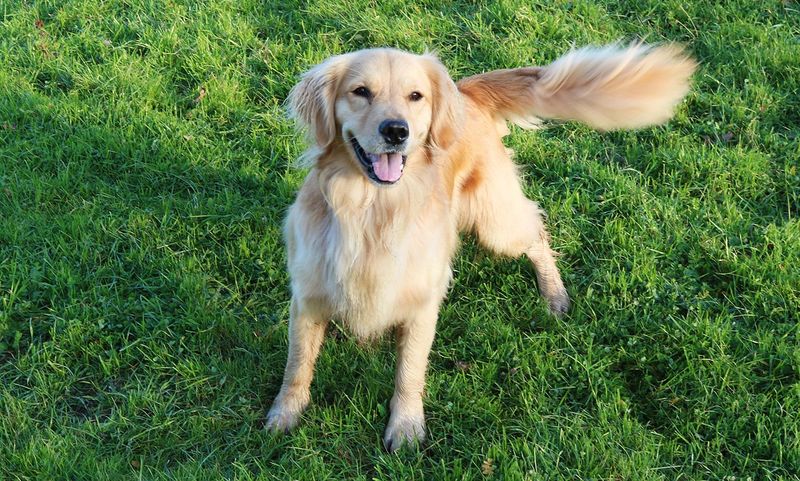
When your dog sees you and its tail starts wagging, it’s more than just excitement.
A wagging tail is a universal sign that your dog is happy to be around you. It’s their way of showing trust and joy. Your dog feels safe and content in your presence, signifying a strong bond.
Just like a smile between humans, a wagging tail can mean your pup loves and trusts you.
4. Relaxed Body Language
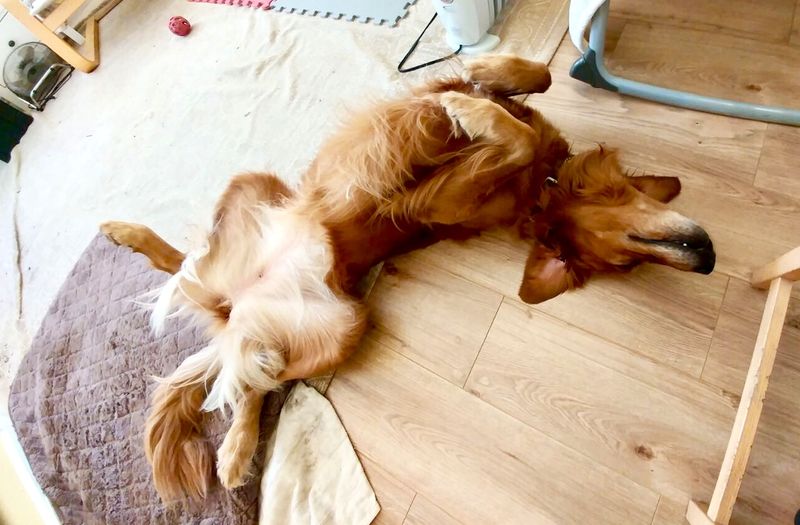
A dog that truly trusts you will have a relaxed body posture.
You might notice your pup lying on its back, exposing its belly. This vulnerable position means that your dog feels safe.
The relaxed posture, with soft eyes and a calm tail, shows that your dog is comfortable in your presence. This is a clear sign of trust. Your pup knows you’re not a threat and is happy to let its guard down.
5. Leaning Against You
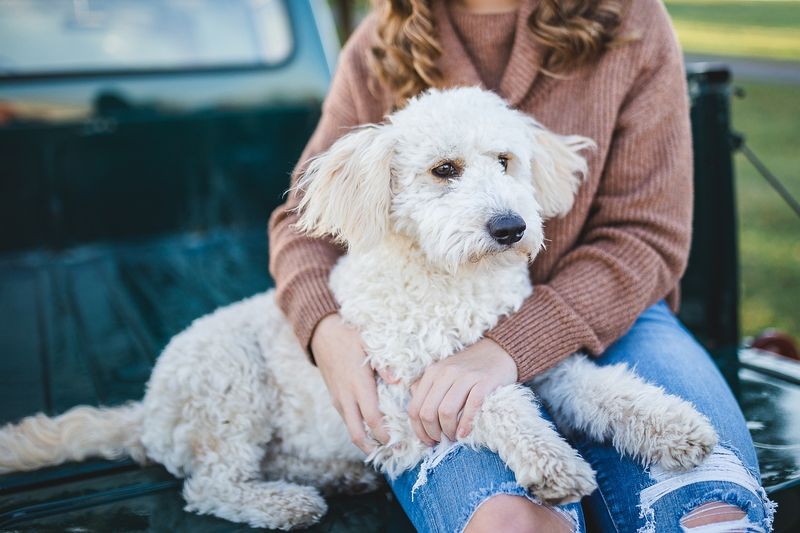
When your dog leans against you, it’s like a warm hug. This action means your dog trusts you and finds comfort in your presence. It’s their way of showing affection and seeking closeness.
Like humans, dogs lean towards those they trust. When your pup leans on you, it’s saying, “I feel safe with you.” It’s an expression of companionship and trust that speaks volumes.
6. Following You Around
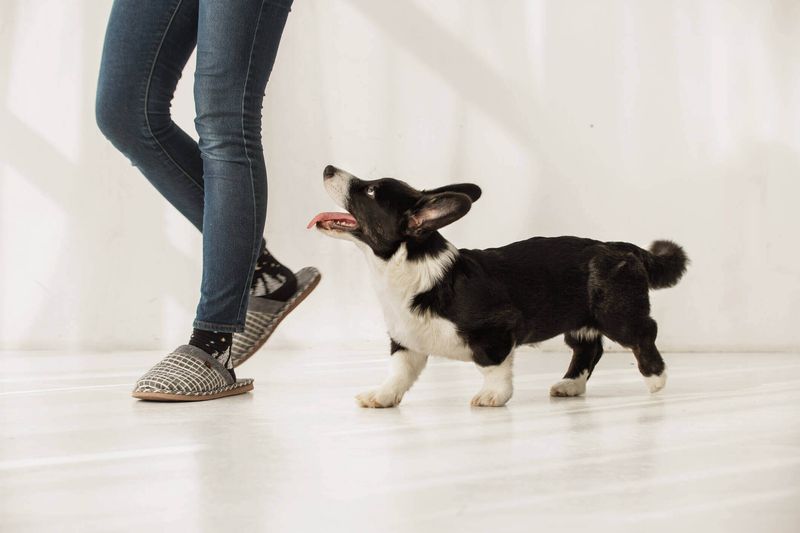
If your dog follows you around the house, it’s a sign of love and trust.
Dogs are pack animals by nature, and they like to stick close to their pack leader. Your pup sees you as the leader and wants to be near you.
This behavior shows that your dog trusts you and feels secure in your leadership. It’s a delightful sign of your dog’s reliance and attachment.
While it may sometimes feel like a shadow, remember it’s a reflection of your dog’s affection and confidence in you.
7. Sleeping Next To You
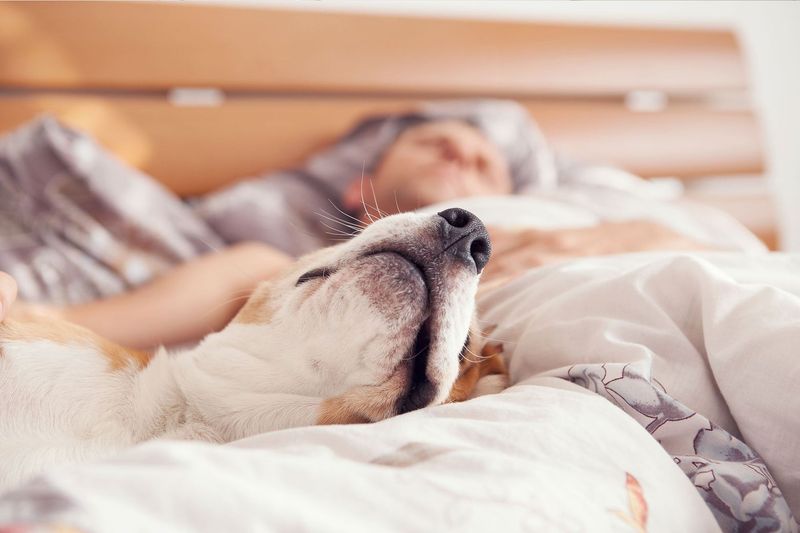
When your dog chooses to sleep next to you, it’s a huge trust signal.
In the wild, sleeping is a vulnerable state. By resting beside you, your pup is showing it feels safe.
This proximity indicates comfort and confidence in your presence. Your dog trusts you to protect it while it’s at its most vulnerable.
Sharing sleep space is a bonding experience that underscores mutual trust. So, when your dog snuggles up close, it’s more than just warmth—it’s trust and love in its purest form.
8. Bringing You Toys
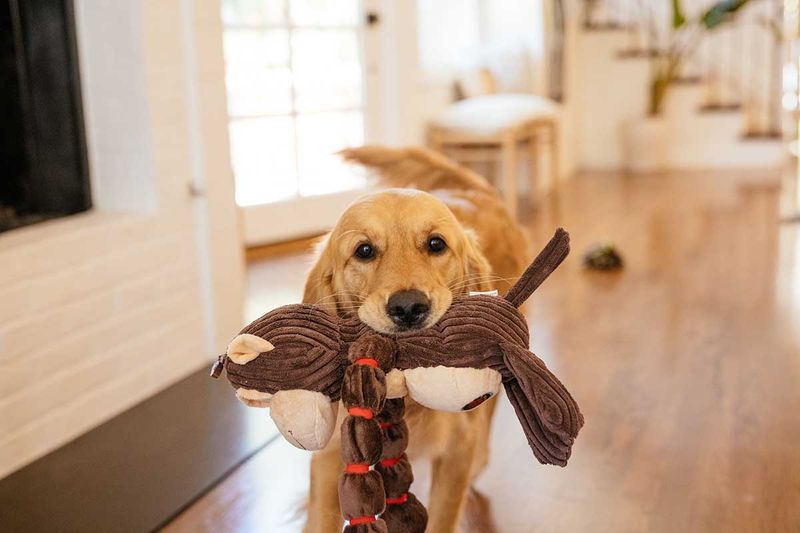
When your dog brings you its favorite toy, it’s not just about play. This gesture shows trust and a willingness to share.
Dogs bring toys to those they trust, inviting them into their world. Sharing a prized possession means your dog wants to bond and interact with you. It’s a way to engage and communicate affection.
When your dog drops that toy at your feet, it’s saying, “I trust you to play with me.” Embrace this playful invitation as a sign of trust and companionship.
9. Making Eye Contact
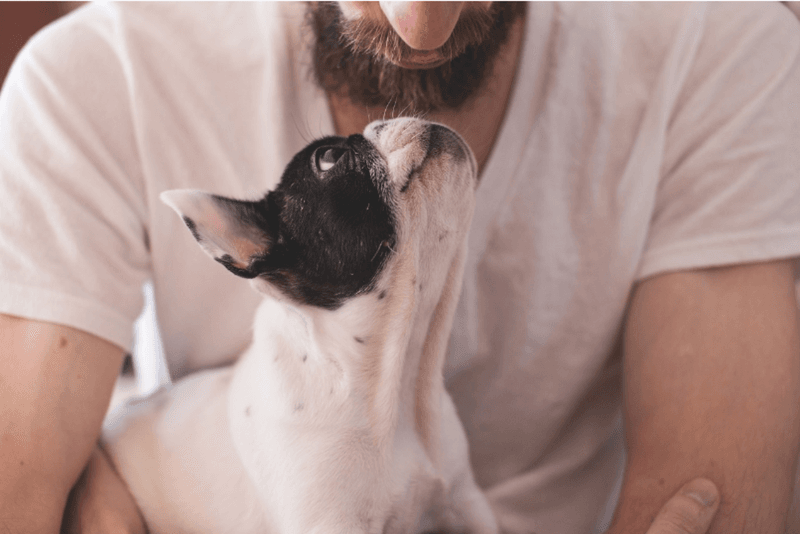
Friendly eye contact from your dog is a strong trust signal. When a dog looks into your eyes, it’s forming a connection.
Eye contact releases oxytocin, the bonding hormone, in both you and your dog. This shared gaze reflects trust and affection.
Dogs are cautious with direct eye contact, so when your pup looks at you, it’s a sign of comfort. It’s their way of communicating in a language beyond words.
10. Yawning Together
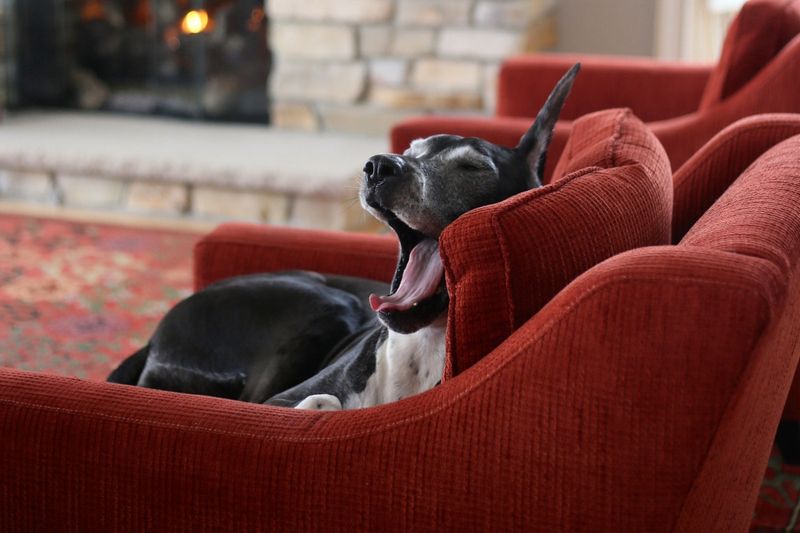
If your dog yawns when you do, it’s a sign of empathy and trust. Yawning is contagious, even between humans and dogs. This mimicry indicates a strong bond.
When your dog yawns with you, it shows that it’s in tune with your emotions. It’s a subtle sign that your dog feels connected and trusts you.
This shared behavior is an endearing reminder of the close relationship you share.
11. Licking You
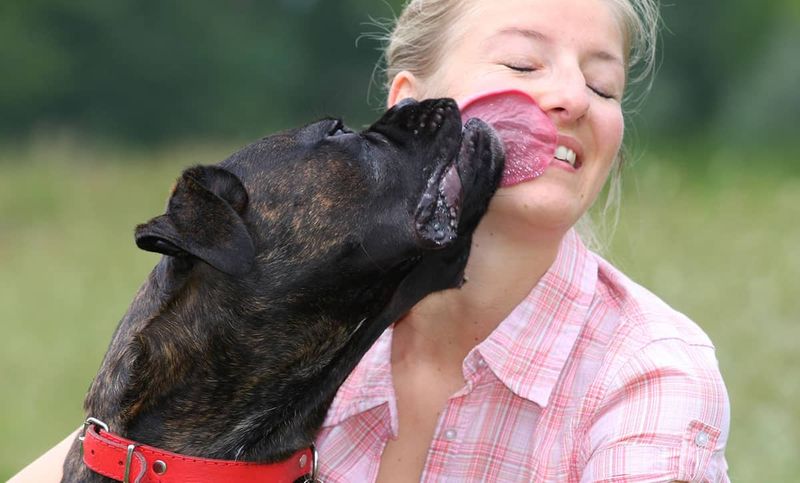
When your dog licks you, it’s more than just a kiss.
Licking is a sign of affection and trust. It’s your dog’s way of showing love and care. Dogs lick those they trust, much like grooming. This behavior is rooted in their instinct to care for pack members.
When your dog licks you, it’s expressing contentment and connection. It’s a sweet, slobbery sign of trust and warmth.
12. Showing Excitement
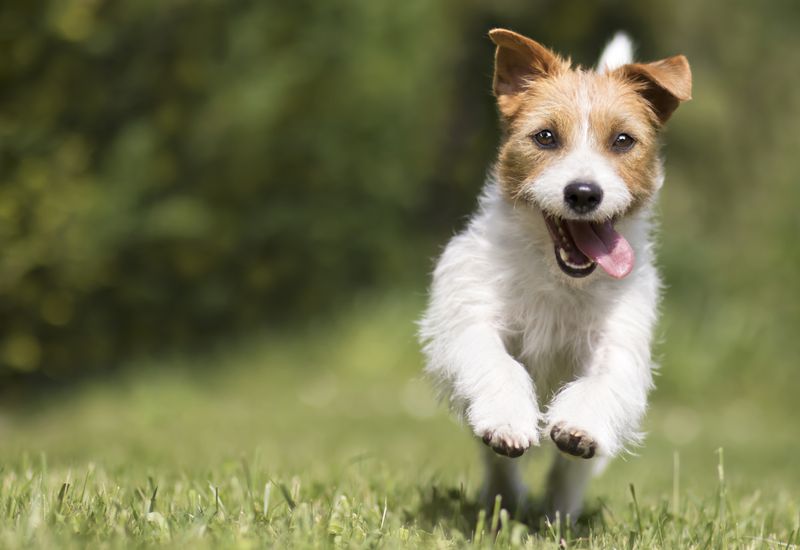
Does your dog greet you with leaps and bounds when you come home? This excitement is a clear trust signal.
Your dog’s joyful reaction shows it’s thrilled to see you and trusts your presence. The wagging tail, wiggly body, and happy barks are all signs of love.
This enthusiasm means your dog feels secure and comfortable with you. It’s a vibrant display of trust and affection.
13. Listening To Your Commands
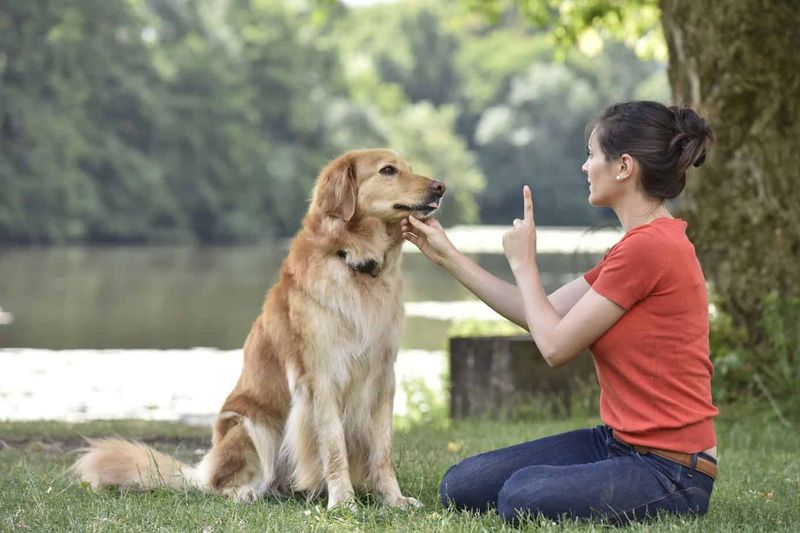
When your dog listens to your commands, it’s not just obedience; it’s trust. Responding to your voice shows your pup feels safe following your lead.
Dogs listen to those they trust and respect. This cooperation reflects your dog’s confidence in your guidance. It’s a sign of a strong relationship built on trust.
When your dog sits, stays, or comes on command, it’s showing that it relies on you. When your dog refuses to listen, that is definitely a sign that they don’t trust you.
14. Avoiding Eye Contact
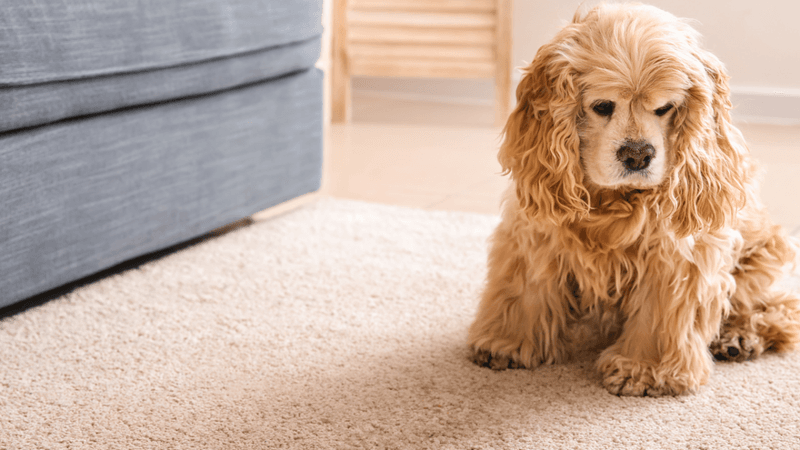
Sometimes, your dog might avoid looking you in the eye, especially when approached. This isn’t just a natural canine instinct.
It could hint at discomfort or mistrust toward you. Eye contact is a powerful tool in the animal kingdom, and averting it can signal anxiety or fear.
Whether it’s due to sudden changes in routine or unfamiliar environments, this behavior calls for patience and understanding.
15. Dog Sleeps In A Separate Room
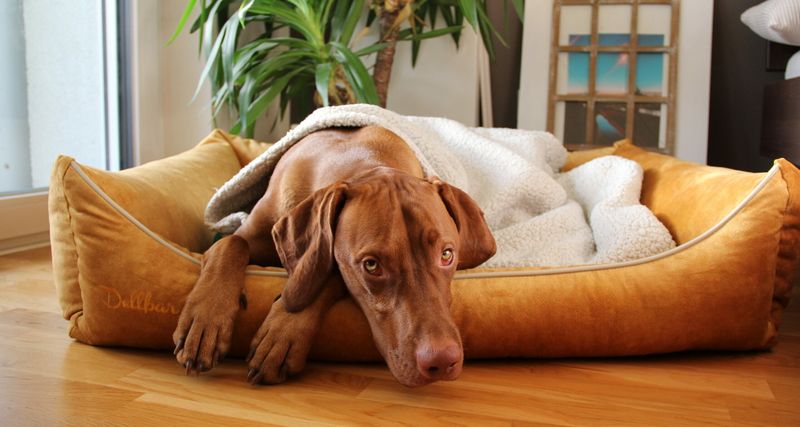
A dog that chooses to sleep in a separate room might be signaling a lack of trust. They may prefer isolation over your company, indicating a distant relationship.
Some dogs enjoy alone time, but consistently avoiding sleeping near you could be a sign that comfort and security are issues.
Dogs often sleep near those they trust, so if your furry friend consistently opts for solitude, it might be time to evaluate your bond.
16. Dog Ignores Commands
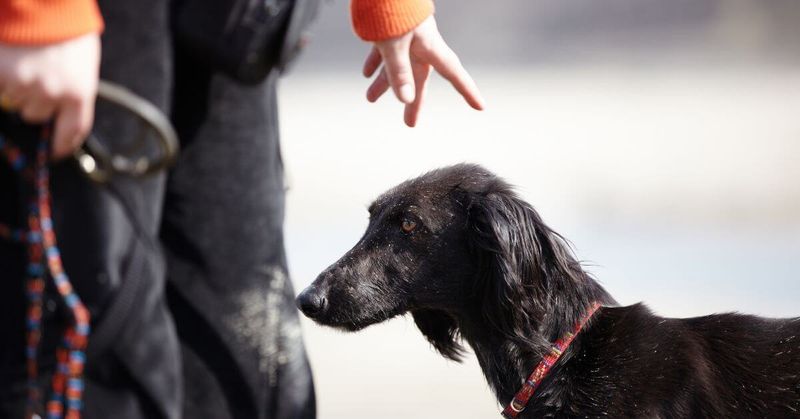
When your dog regularly ignores your commands, it can indicate a lack of trust or respect in your relationship. This behavior shows a disconnect between you and your pet, suggesting that the basis of your communication needs improvement.
Building trust through consistent training and positive reinforcement can improve this situation.
Engage your dog with treats and praises to reinforce good behavior. Make training sessions fun and interactive to capture their interest.
17. Avoiding Physical Contact
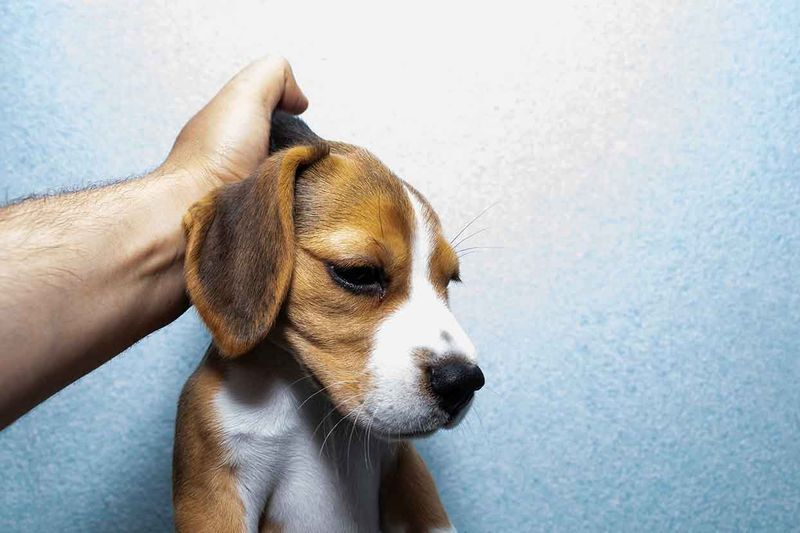
Imagine reaching out to your dog, only to watch them shrink away or pull back. This behavior, though subtle, can be a clear sign of mistrust.
Dogs who feel uncertain about their safety may avoid physical contact to protect themselves.
In contrast to affectionate nuzzles, reluctance to be touched indicates a need for space. This behavior may stem from past trauma or a lack of socialization.
18. Guarded Body Language
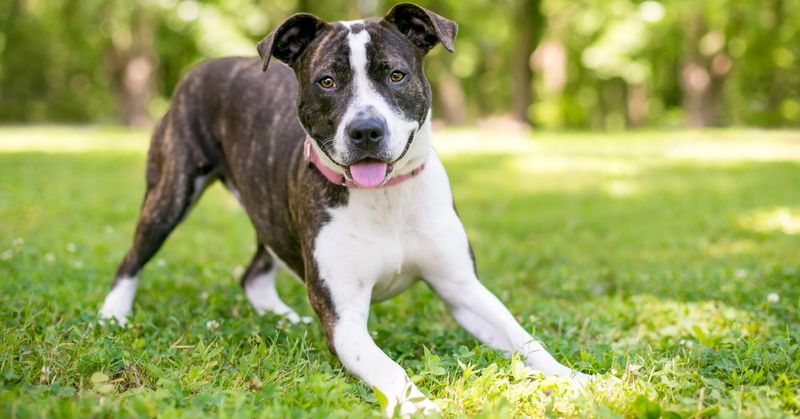
A dog’s body language speaks volumes. When your canine companion stands stiffly, with their tail tucked and ears pinned back, it might indicate discomfort or distrust. These physical cues are their way of saying they need more time to feel secure.
Guarded postures can be particularly common in rescue dogs or those with a history of neglect. Understanding these signals is crucial for fostering a more trusting relationship.
19. Reluctance To Play
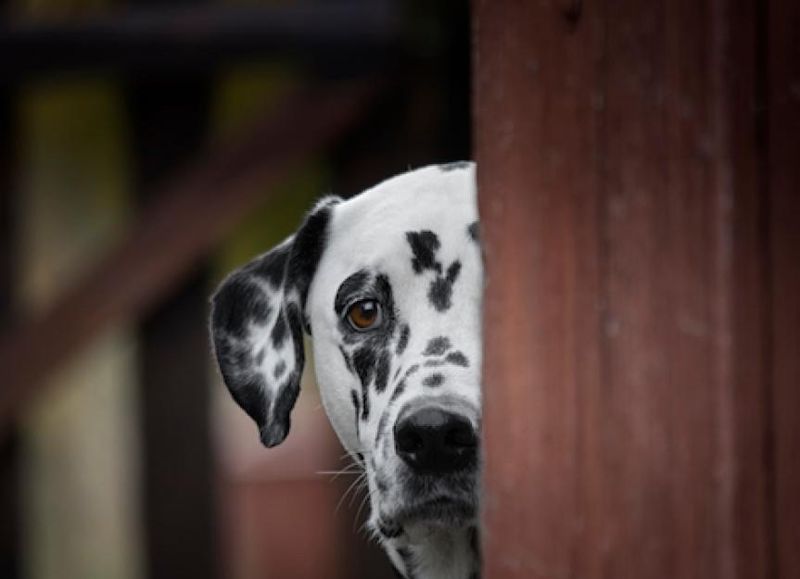
Playtime is often a joyous occasion, but a dog that consistently refuses to engage may signal underlying trust issues.
If your pup shows indifference to toys or games, it might be their way of expressing uncertainty.
This reluctance can arise from fear or previous negative experiences. Encouraging play through gentle coaxing and rewarding small attempts can gradually build confidence.


